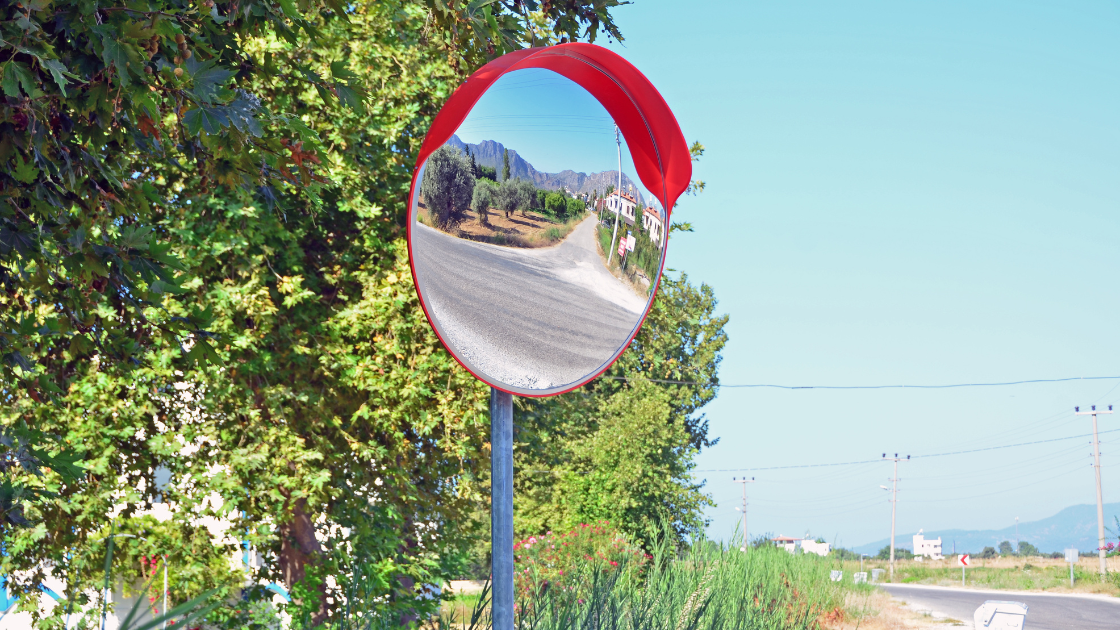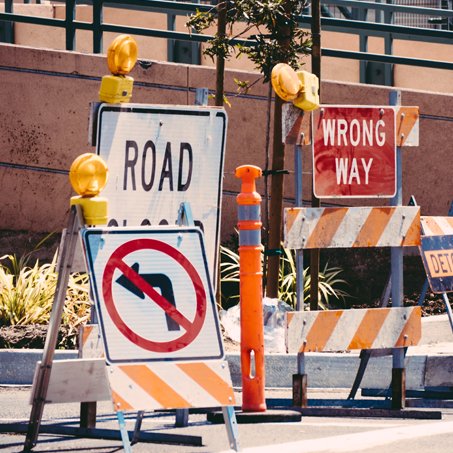Road Convex mirrors play a crucial role in improving visibility on the road and enhancing overall road safety. These specially designed mirrors have unique properties that allow for a wider field of view, reducing blind spots and increasing awareness of surrounding vehicles, pedestrians, and potential hazards. In this article, we will explore the main benefits of convex mirrors for road safety and how they contribute to reducing accidents.
Road side Convex mirrors play a vital role in improving visibility on the road by providing a wider field of view for drivers. Unlike flat or concave mirrors, convex mirrors have a curved surface that allows them to reflect a larger area. This expanded field of view helps to reduce blind spots and enhances a driver’s awareness of their surroundings
Benefits of Road Convex Mirrors for Road Safety:
Expanded Field of View:
One of the key advantages of road traffic mirrors is their ability to provide a broader field of view compared to flat or concave mirrors. The curved surface of a road mirror allows it to reflect a wider area, enabling drivers to see more of their surroundings. This expanded field of view helps to minimize blind spots, particularly when changing lanes or maneuvering in heavy traffic, thereby reducing the risk of collisions.
Enhanced Visibility:
Convex mirrors for road safety are designed to provide a wider perspective, making it easier for drivers to detect oncoming vehicles, cyclists, pedestrians, and other objects in their vicinity.
Distance Perception:
Road side mirrors have a unique characteristic known as “distant perception.” Due to their curved shape, these mirrors tend to make objects appear smaller than they actually are, which can be advantageous for drivers.
Cost-effective Solution:
Road Convex mirrors are relatively inexpensive compared to other safety measures such as advanced sensor systems or road infrastructure modifications. They can be easily installed in various locations, such as intersections, parking lots, or blind spots, without significant construction or maintenance costs. Their cost-effectiveness makes them a viable option for improving road safety, particularly in areas where financial resources may be limited.
Deterrence of Speeding:
The presence of convex mirrors can act as a deterrent to speeding. Drivers are more likely to reduce their speed and drive cautiously when they perceive an increased level of visibility. Road side Convex mirrors placed strategically in areas prone to speeding or accidents can serve as a visual reminder for drivers to exercise caution and maintain safe driving practices.
What are Convex Mirrors?
Convex mirrors, also known as diverging or fish-eye mirrors, are a type of curved mirror with a reflective surface that bulges outward in a spherical shape. Unlike flat or concave mirrors, convex mirrors curve outward, causing light rays that strike the surface to diverge or spread out. This curvature gives convex mirrors their distinctive shape, with the center of the mirror protruding outward and the edges curving inward.
Convex mirrors are typically made of glass or plastic and are commonly used in various applications, including automotive side mirrors, security mirrors, and road safety installations. They are designed to provide a wider field of view and a broader perspective compared to other mirror types. The curvature of convex mirrors allows them to reflect a larger area, making objects appear smaller and offering a greater viewing angle.
Due to their unique shape, convex mirrors have specific optical properties. When light rays strike a convex mirror, they reflect in a way that diverges or spreads out. This divergence results in the reflected image appearing smaller and wider than the actual object being reflected. This characteristic allows convex mirrors to provide a broader field of view, making them useful for improving visibility in situations where a wider perspective is necessary, such as in traffic, parking lots, and blind spots.
Define Convex Mirrors And How They Differ From Flat Mirrors
Convex mirrors are curved mirrors with a reflective surface that bulges outward in a spherical shape. They are designed to reflect light in a way that diverges or spreads it out, creating a wider field of view compared to flat mirrors. Here are the key characteristics that differentiate convex mirrors from flat mirrors:
- Curvature: Convex mirrors have a curved surface that bulges outward, while flat mirrors have a flat surface. The curved shape of convex mirrors causes light rays to spread out upon reflection.
- Reflection: When light rays strike a convex mirror, they reflect in a way that diverges or spreads out. This divergence creates a reflected image that is smaller and wider than the actual object being reflected. In contrast, flat mirrors reflect light rays without divergence, preserving the size and shape of the reflected object.
- Field of View: Convex mirrors provide a wider field of view compared to flat mirrors. The curved shape of convex mirrors allows them to reflect a larger area, capturing a broader perspective and reducing blind spots. This expanded field of view is particularly useful in situations where a wider view is necessary, such as in driving, surveillance, or safety applications.
- Image Size: Objects reflected in convex mirrors appear smaller than their actual size. This reduction in image size is a consequence of the diverging reflection caused by the curvature of the mirror. In contrast, flat mirrors reflect images with the same size as the actual objects.
- Focus: Convex mirrors provide a more general overview rather than a focused, detailed reflection. The curvature of the mirror causes light rays to spread out, resulting in a reflection that is not sharply focused like in a flat mirror.
- Distance Perception: Due to the way light rays diverge in convex mirrors, they can create an effect known as “distant perception.” Objects reflected in convex mirrors appear to be located farther away than they actually are. This property helps drivers estimate the relative distances between objects, enhancing depth perception and aiding in making accurate judgments while on the road.
Explain How Convex Mirrors Work And The Science Behind Their Shape.
Convex mirrors work based on the principles of reflection and the unique shape they possess. The science behind their shape involves the curvature of the mirror’s surface and the behavior of light rays upon reflection.
- Curvature: Convex mirrors have a curved surface that bulges outward, forming a shape known as a convex or diverging surface. The curvature of the mirror is typically spherical, with the center of the mirror protruding outward and the edges curving inward.
- Reflection: When light rays strike a convex mirror, they undergo reflection according to the law of reflection, which states that the angle of incidence (the angle between the incoming light ray and the normal, a line perpendicular to the mirror’s surface) is equal to the angle of reflection (the angle between the reflected light ray and the normal).
- Diverging Reflection: The curved shape of a convex mirror causes light rays to diverge or spread out upon reflection. Unlike flat mirrors, where light rays reflect parallel to each other, convex mirrors cause the reflected rays to spread out in different directions. This divergence is a result of the varying angles of incidence across the curved surface of the mirror.
- Wide-angle Reflection: The diverging reflection of convex mirrors leads to a wide-angle view. Light rays coming from different directions strike different parts of the curved mirror surface and reflect away in different directions. This wide-angle reflection allows convex mirrors to provide a broader field of view, capturing a larger area compared to flat mirrors.
- Image Formation: When an object is placed in front of a traffic convex mirror, light rays from the object strike the mirror’s surface. The curved surface causes the light rays to diverge upon reflection. The brain perceives the direction of these diverging rays and traces them backward to locate the point from which they appear to originate. This apparent point of origin gives rise to the formation of a virtual image behind the mirror. The image formed by a convex mirror is always virtual, upright, and smaller in size than the actual object.
Discuss The Different Types Of Road Convex Mirrors Used For Road Safety.
Road Convex mirrors are extensively used for road safety applications due to their ability to provide an expanded field of view and enhance visibility. There are different types of convex mirrors specifically designed for road safety purposes. Here are some common types:
Traffic Convex Mirrors
Traffic convex mirrors, also known as traffic safety mirrors or road mirrors, are large-sized convex mirrors installed at strategic locations to enhance visibility and improve road safety. They are typically used in areas such as intersections, parking lots, driveways, and blind spots.
Traffic convex mirrors help drivers to have a wider view of the surroundings, including approaching vehicles, pedestrians, and potential hazards. These mirrors are often made of durable materials like shatterproof acrylic or polycarbonate to withstand outdoor conditions.
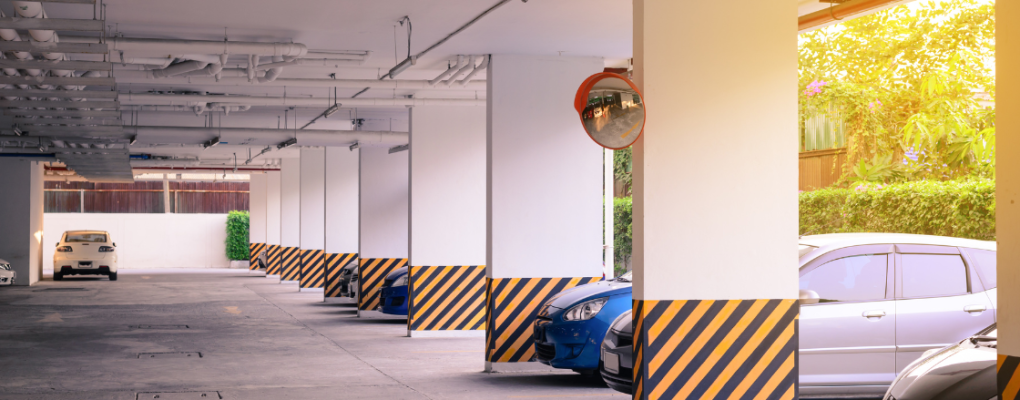
Rearview Convex Mirrors
Rearview convex mirrors are commonly used in vehicles to provide a wider field of view and reduce blind spots. They are often installed on the passenger side of the vehicle as an additional mirror to supplement the rearview and side mirrors.
Rearview convex mirrors help drivers to see vehicles or objects that may be in the blind spot, making lane changes and turns safer. These mirrors are typically smaller in size compared to traffic convex mirrors and are designed to be adjustable to suit different driver preferences.
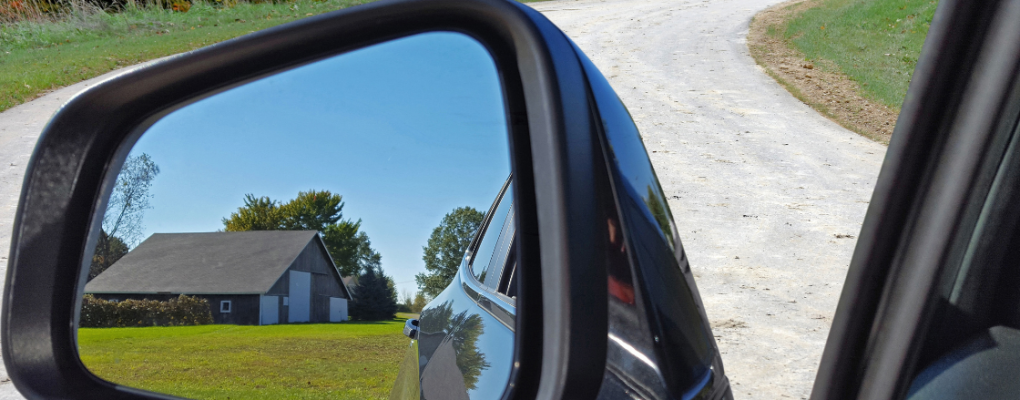
Dome Convex Mirrors
Dome convex mirrors, also referred to as dome mirrors or panoramic mirrors, are convex mirrors with a hemispherical shape. They are primarily used in parking garages, warehouses, and other indoor areas to enhance visibility and prevent accidents.
Dome convex mirrors offer a 360-degree view, allowing users to have a comprehensive perspective of the surroundings. They are often mounted on ceilings or walls and are particularly useful in areas with limited visibility or blind spots
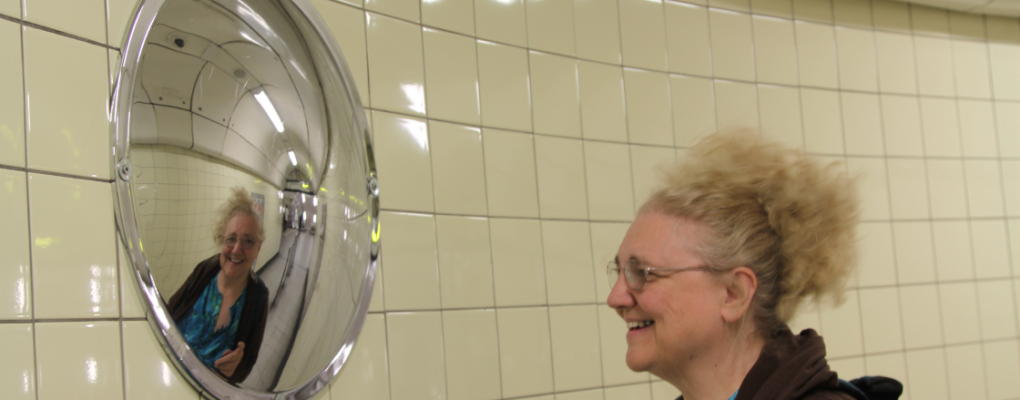
Convex Mirror Arrays
Convex mirror arrays consist of multiple convex mirrors arranged in a specific configuration to provide a broader field of view. These arrays are commonly used on roads or highways to cover a larger area and improve visibility. By combining multiple convex mirrors, blind spots can be significantly reduced, and drivers can have a more comprehensive view of their surroundings.
Convex Mirror with Anti-Glare Coating
Some convex street mirrors used for road safety are equipped with an anti-glare coating. This coating helps to reduce the reflection of bright lights, such as headlights or sunlight, and minimize glare. Anti-glare convex mirrors enhance visibility during nighttime driving or in areas with intense sunlight, ensuring that the reflected image remains clear and unobstructed.
Which Mirror Provides a Wider Perspective to Minimize Blind Spots?
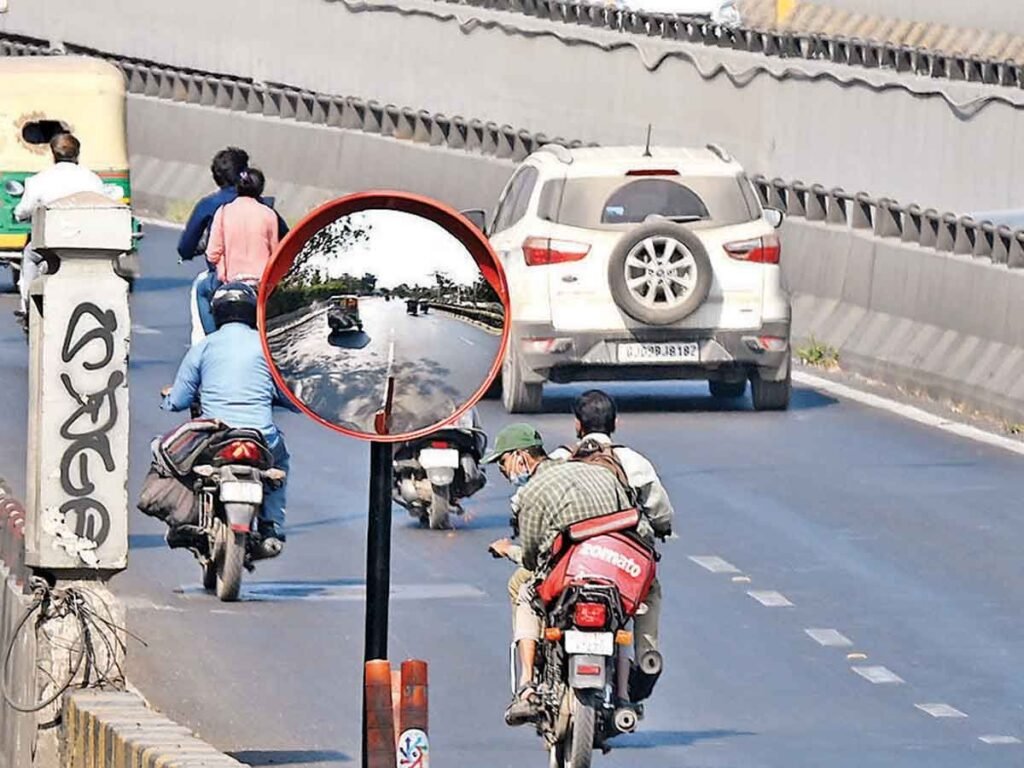
When it comes to seeing everything around you and avoiding hidden dangers, convex street mirrors are your best bet. They bulge outwards, like a wide-angle lens, showing you way more than a regular mirror. This wider view helps you spot things you might miss, like oncoming cars at intersections or hidden pedestrians in tight spaces.
Where to Use Road Convex Mirrors
Road Convex mirrors can be used in various locations and scenarios to enhance visibility, improve safety, and reduce blind spots. Here are some common places where convex mirrors used in road:
- Intersections: Convex mirrors are often installed at intersections to improve visibility, especially at locations with obstructed views or complex road layouts. They allow drivers to see oncoming traffic from different angles, facilitating safer decision-making and reducing the risk of collisions.
- Parking Lots: Convex mirrors are commonly used in parking lots to assist drivers in navigating tight spaces and detecting pedestrians or vehicles approaching from different directions. They can be strategically placed at corners, entrances, or blind spots within parking structures to enhance visibility and prevent accidents.
- Driveways: Convex mirrors are valuable in residential areas or commercial establishments with driveways. They help drivers exiting the driveway to have a clearer view of the road and oncoming traffic, reducing the potential for accidents.
- Blind Spots: Convex mirrors are effective in minimizing blind spots, which are areas that are not directly visible through standard rearview or side mirrors. They can be used on vehicles as additional mirrors, particularly on the passenger side, to improve visibility and aid in safe lane changes, merging, and turning.
- Pedestrian Crossings: Convex mirrors can be installed near pedestrian crossings to provide drivers with a wider field of view, allowing them to see pedestrians approaching the crossing. This enhances driver awareness and helps prevent accidents involving pedestrians.
- Warehouse and Industrial Areas: Convex mirrors are commonly used in warehouses and industrial areas to improve safety and increase visibility. They can be installed at intersections of aisles, blind corners, or areas with restricted views to help drivers of forklifts, trucks, or other vehicles to spot potential hazards and avoid
What is the Reason for Using Convex Mirror in Street Light

Convex mirrors are commonly used in street light for several reason, we have discuss all the point below.
Improved Visibility: Convex mirrors have a curved, outward-facing surface that reflects a wider field of view compared to flat or concave mirrors. This wider field of view allows for improved visibility of the surrounding area, helping drivers, pedestrians, and cyclists see more of the street and potential obstacles.
Reduced Blind Spots: The curved shape of convex mirrors helps eliminate or minimize blind spots, especially at intersections or curves where visibility may be limited. By strategically placing convex mirrors, areas that are typically challenging to observe can be better monitored, enhancing overall safety.
Traffic Management: Convex mirrors are used to enhance traffic management by providing a better view of oncoming vehicles, pedestrians, or cyclists. This is particularly useful in areas with complex road layouts or where traditional visibility is obstructed.
Prevention of Accidents: The improved visibility offered by convex mirrors helps prevent accidents by allowing drivers to anticipate potential hazards or other vehicles approaching from different angles. This is crucial for enhancing safety on roads and in parking lots.
Deterrence of Crime: In some cases, convex mirrors are strategically placed to deter criminal activities, such as theft or vandalism. These street mirrors can provide better surveillance of blind spots, reducing the likelihood of unauthorized activities in certain areas.
Parking Assistance: Convex mirrors are often installed in parking lots to assist drivers in navigating tight spaces, preventing collisions with other vehicles or obstacles. They provide a broader view of the surroundings, making it easier for drivers to park safely.
Cost-Effective Solution: Convex mirrors are a cost-effective solution for improving visibility in comparison to more complex technologies. They are relatively easy to install and maintain, making them a practical choice for various traffic and safety applications.
In summary, the use of street light convex mirror serves to enhance visibility, reduce blind spots, improve traffic management, prevent accidents, deter crime, and assist in parking. These mirrors play a crucial role in promoting safety and efficiency in urban and suburban environments.
Explain The Installation Process For Roadside Convex Mirrors, Including Necessary Tools and Precautions.
Installing Roadside convex mirrors requires careful attention to detail and following the proper installation process. Here is a step-by-step guide on how to install convex street mirrors, along with the necessary tools and precautions:
Tools Needed:
- Drill
- Screws or bolts
- Anchors (if required)
- Screwdriver or wrench
- Measuring tape
- Level
- Ladder or scaffolding (if needed)
- Pencil or marker
Precautions:
- Ensure personal safety by wearing appropriate protective gear, such as gloves and safety glasses.
- Take precautions when working at heights. Use a stable ladder or scaffolding, and have someone assist you if necessary.
- Read and follow the manufacturer’s installation instructions specific to your convex mirror.
- Check local regulations and guidelines for any specific requirements or restrictions regarding street convex mirror installation.
Tips For Ensuring The Proper Placement And Alignment Of Roadside Convex Mirrors For Maximum Effectiveness.
Proper placement and alignment of roadside convex mirrors are essential to ensure their maximum effectiveness in improving visibility and reducing blind spots. Here are some tips to help you achieve optimal placement and alignment:
- Choose the Right Location: Identify the area or specific spot where the convex mirror will provide the most significant visibility improvement. Consider factors such as intersections, blind curves, parking lots, or driveways where visibility challenges exist or safety concerns are prominent.
- Determine the Field of View: Understand the desired field of view that you want the convex mirror to cover. Consider the specific needs of the location and the potential hazards or blind spots that need to be eliminated. This will help you determine the appropriate size and type of convex mirror to use.
- Consider Height and Angle: Install the convex mirror at an appropriate height and angle to optimize visibility. The mirror should be positioned in a way that allows drivers to have a clear view without obstruction. Generally, placing the mirror at eye level or slightly above eye level provides the best visibility for drivers.
- Eliminate Obstructions: Ensure that there are no obstructions in front of or around the convex mirror that could block the line of sight. Trim any vegetation or remove objects that may hinder the mirror’s effectiveness. This will ensure an unobstructed view for drivers.
- Check for Distortions: Pay attention to any distortions or warping in the convex mirror. Properly align the mirror so that it provides an accurate reflection of the surroundings. Distortions can affect the clarity and accuracy of the reflected image, so adjusting the alignment is crucial.
- Level the Mirror: Use a level to ensure that the convex mirror is properly aligned and level. A level mirror not only improves aesthetics but also helps drivers accurately interpret the reflected images. Adjust the mirror as needed to achieve a level position.
- Test the Visibility: Once the traffic street mirror is installed and aligned, step back and test its effectiveness. Put yourself in the position of a driver and assess the visibility provided by the mirror. Ensure that it offers a clear, wide-angle view, eliminating blind spots and enhancing visibility.
- Regular Maintenance: Regularly inspect the convex mirror for any signs of damage, misalignment, or deterioration. Clean the mirror surface as needed to maintain optimal reflectivity. Promptly address any issues to ensure the mirror continues to provide maximum effectiveness.
By following these tips, you can ensure the proper placement and alignment of convex mirrors, maximizing their effectiveness in improving visibility and safety on the road. Remember to refer to the specific guidelines and recommendations provided by the manufacturer for your particular convex mirror model.
Conclusion
In conclusion, convex mirror for road safety play a crucial role in improving road safety by enhancing visibility, reducing blind spots, and preventing accidents. Their unique shape and design allow for a wider field of view, making them effective in various locations such as intersections, blind curves, parking lots, and driveways. Convex mirrors are cost-effective solutions that provide additional safety measures without the need for complex technology or infrastructure.
By improving visibility, street mirrors enable drivers to see oncoming traffic, pedestrians, or potential hazards from different angles, helping them make informed decisions and avoid collisions. They are particularly useful in areas with obstructed views or complex road layouts. Moreover, convex mirrors effectively reduce blind spots, allowing drivers to detect vehicles or pedestrians that may not be visible through standard rearview or side mirrors.
Overall, street mirrors are valuable tools that improve visibility, increase driver awareness, and contribute to a safer road environment. Their benefits extend beyond traditional mirrors, providing an additional layer of safety that can make a significant difference in preventing accidents and saving lives.

